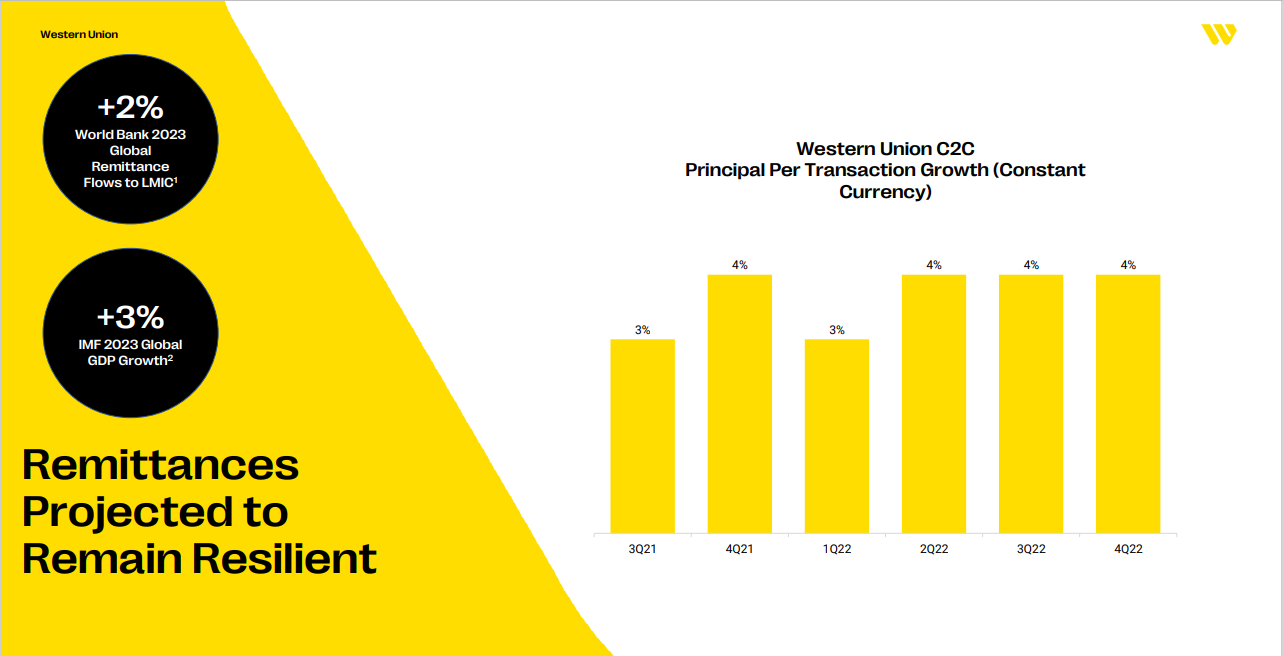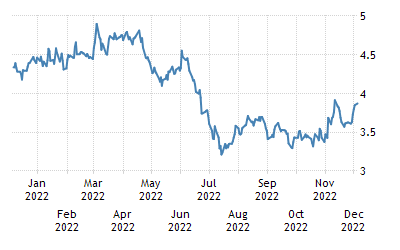
It can be difficult for people to understand the difference between investing and savings. Saving is basically putting money aside and not spending it, while investing is investing in something that will provide a return. While saving is better for short-term financial goals than investing, it's better for longer-term goals.
Saving is the practice or act of putting money aside in order to make it more secure, such a savings account or bank account. Savings have some benefits. It can prevent you from using your credit cards to pay unexpected expenses. However, investing can be more lucrative as you can earn higher returns.
The risk of investing can be quite high. Therefore, it's crucial to make sure you only invest in the best investments for your needs. You may want to diversify your investment portfolio to ensure you get the best results. A bond fund, a mutual funds, or a public provision fund might be options. You should be careful when choosing which investment is best for you.

It's always a good idea for saving to have a plan. A well-thought out strategy for saving money should include tracking expenses and setting a budget. You should also consider the potential risks and rewards of saving. For self-employed people, it is a good idea to save 6-12 months of expenses.
Investing can be a great way of building wealth. The stock market is not the right place to obtain quick cash. Furthermore, investing in stocks can be more risky than savings. A good stock portfolio can reap the rewards. You will reap the great rewards of higher profits as well as higher interest rates by investing in a well-diversified portfolio that includes stocks, bonds, and other investments.
It's worth noting, however, that investing isn’t just for celebrities and the wealthy. Instead, investing is for everyone. This means you can save money and invest your hard-earned money to achieve your financial goals. It doesn't really matter whether you choose to invest in stocks or mutual funds, real property, commodities, or any other questionable financial vehicle.
Getting started with investments can be overwhelming. First, assess your current financial situation. Next, determine what your investment priorities are, and what you would like to achieve. This information will help you choose the right strategy for your particular situation.

One of the easiest ways to get started is by buying stocks. Stocks provide cash flow in the form of dividends. You can also buy shares of mutual funds or ETFs, professionally managed investment funds. You can make a great investment by buying shares in publicly traded companies. But you must be careful and pay any penalties for premature liquidation.
If you really want to maximize your money, however, saving is a better option. A savings account will likely serve your needs better that an investment, unless you have a financial emergency.
FAQ
What is a Stock Exchange exactly?
A stock exchange allows companies to sell shares of the company. This allows investors the opportunity to invest in the company. The market sets the price for a share. It is typically determined by the willingness of people to pay for the shares.
The stock exchange also helps companies raise money from investors. Investors give money to help companies grow. This is done by purchasing shares in the company. Companies use their money as capital to expand and fund their businesses.
A stock exchange can have many different types of shares. Some shares are known as ordinary shares. These are the most common type of shares. These shares can be bought and sold on the open market. Stocks can be traded at prices that are determined according to supply and demand.
There are also preferred shares and debt securities. When dividends become due, preferred shares will be given preference over other shares. Debt securities are bonds issued by the company which must be repaid.
Is stock a security that can be traded?
Stock is an investment vehicle where you can buy shares of companies to make money. You do this through a brokerage company that purchases stocks and bonds.
You can also directly invest in individual stocks, or mutual funds. There are actually more than 50,000 mutual funds available.
The main difference between these two methods is the way you make money. Direct investment earns you income from dividends that are paid by the company. Stock trading trades stocks and bonds to make a profit.
Both of these cases are a purchase of ownership in a business. However, if you own a percentage of a company you are a shareholder. The company's earnings determine how much you get dividends.
With stock trading, you can either short-sell (borrow) a share of stock and hope its price drops below your cost, or you can go long-term and hold onto the shares hoping the value increases.
There are three types stock trades: put, call and exchange-traded funds. Call and put options let you buy or sell any stock at a predetermined price and within a prescribed time. ETFs, which track a collection of stocks, are very similar to mutual funds.
Stock trading is very popular because it allows investors to participate in the growth of a company without having to manage day-to-day operations.
Although stock trading requires a lot of study and planning, it can provide great returns for those who do it well. This career path requires you to understand the basics of finance, accounting and economics.
How can I find a great investment company?
It is important to find one that charges low fees, provides high-quality administration, and offers a diverse portfolio. Fees vary depending on what security you have in your account. Some companies charge no fees for holding cash and others charge a flat fee per year regardless of the amount you deposit. Some companies charge a percentage from your total assets.
You also need to know their performance history. You might not choose a company with a poor track-record. Avoid companies with low net assets value (NAV), or very volatile NAVs.
Finally, you need to check their investment philosophy. In order to get higher returns, an investment company must be willing to take more risks. If they're unwilling to take these risks, they might not be capable of meeting your expectations.
How are share prices established?
Investors decide the share price. They are looking to return their investment. They want to make money with the company. So they buy shares at a certain price. Investors make more profit if the share price rises. Investors lose money if the share price drops.
An investor's main objective is to make as many dollars as possible. This is why investors invest in businesses. This allows them to make a lot of money.
How can people lose money in the stock market?
The stock market isn't a place where you can make money by selling high and buying low. It is a place where you can make money by selling high and buying low.
The stock market offers a safe place for those willing to take on risk. They will buy stocks at too low prices and then sell them when they feel they are too high.
They believe they will gain from the market's volatility. But if they don't watch out, they could lose all their money.
What's the difference among marketable and unmarketable securities, exactly?
The differences between non-marketable and marketable securities include lower liquidity, trading volumes, higher transaction costs, and lower trading volume. Marketable securities can be traded on exchanges. They have more liquidity and trade volume. Because they trade 24/7, they offer better price discovery and liquidity. However, there are many exceptions to this rule. There are exceptions to this rule, such as mutual funds that are only available for institutional investors and do not trade on public exchanges.
Non-marketable securities can be more risky that marketable securities. They typically have lower yields than marketable securities and require higher initial capital deposit. Marketable securities are generally safer and easier to deal with than non-marketable ones.
A large corporation may have a better chance of repaying a bond than one issued to a small company. Because the former has a stronger balance sheet than the latter, the chances of the latter being repaid are higher.
Because of the potential for higher portfolio returns, investors prefer to own marketable securities.
What is the role of the Securities and Exchange Commission?
SEC regulates securities brokers, investment companies and securities exchanges. It enforces federal securities regulations.
Statistics
- Even if you find talent for trading stocks, allocating more than 10% of your portfolio to an individual stock can expose your savings to too much volatility. (nerdwallet.com)
- Individuals with very limited financial experience are either terrified by horror stories of average investors losing 50% of their portfolio value or are beguiled by "hot tips" that bear the promise of huge rewards but seldom pay off. (investopedia.com)
- Our focus on Main Street investors reflects the fact that American households own $38 trillion worth of equities, more than 59 percent of the U.S. equity market either directly or indirectly through mutual funds, retirement accounts, and other investments. (sec.gov)
- For instance, an individual or entity that owns 100,000 shares of a company with one million outstanding shares would have a 10% ownership stake. (investopedia.com)
External Links
How To
How to make your trading plan
A trading plan helps you manage your money effectively. It helps you understand your financial situation and goals.
Before you begin a trading account, you need to think about your goals. You may wish to save money, earn interest, or spend less. You may decide to invest in stocks or bonds if you're trying to save money. You can save interest by buying a house or opening a savings account. If you are looking to spend less, you might be tempted to take a vacation or purchase something for yourself.
Once you decide what you want to do, you'll need a starting point. This depends on where you live and whether you have any debts or loans. It's also important to think about how much you make every week or month. The amount you take home after tax is called your income.
Next, make sure you have enough cash to cover your expenses. These include rent, food and travel costs. These all add up to your monthly expense.
Finally, figure out what amount you have left over at month's end. This is your net disposable income.
You're now able to determine how to spend your money the most efficiently.
To get started, you can download one on the internet. You can also ask an expert in investing to help you build one.
Here's an example spreadsheet that you can open with Microsoft Excel.
This displays all your income and expenditures up to now. Notice that it includes your current bank balance and investment portfolio.
Another example. This was created by an accountant.
It will help you calculate how much risk you can afford.
Don't attempt to predict the past. Instead, you should be focusing on how to use your money today.